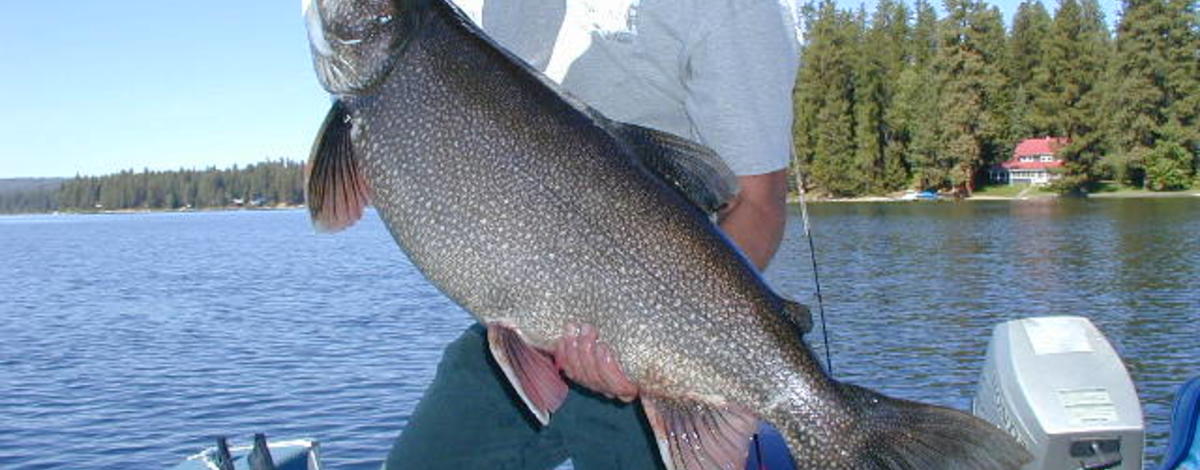Managing a large sterile lake with big, long-lived predators and a fluctuating prey species poses a big challenge for fisheries managers, and Payette Lake at McCall is the latest case where managers are asking anglers what they would like to see in the future.
The issue essentially breaks down to Payette Lake’s lake trout population, which also happens to drive the population of its primary prey species, kokanee salmon. Balancing those two populations is critical to maintaining viable fisheries for each, and that balance comes at a cost, but more on that later.
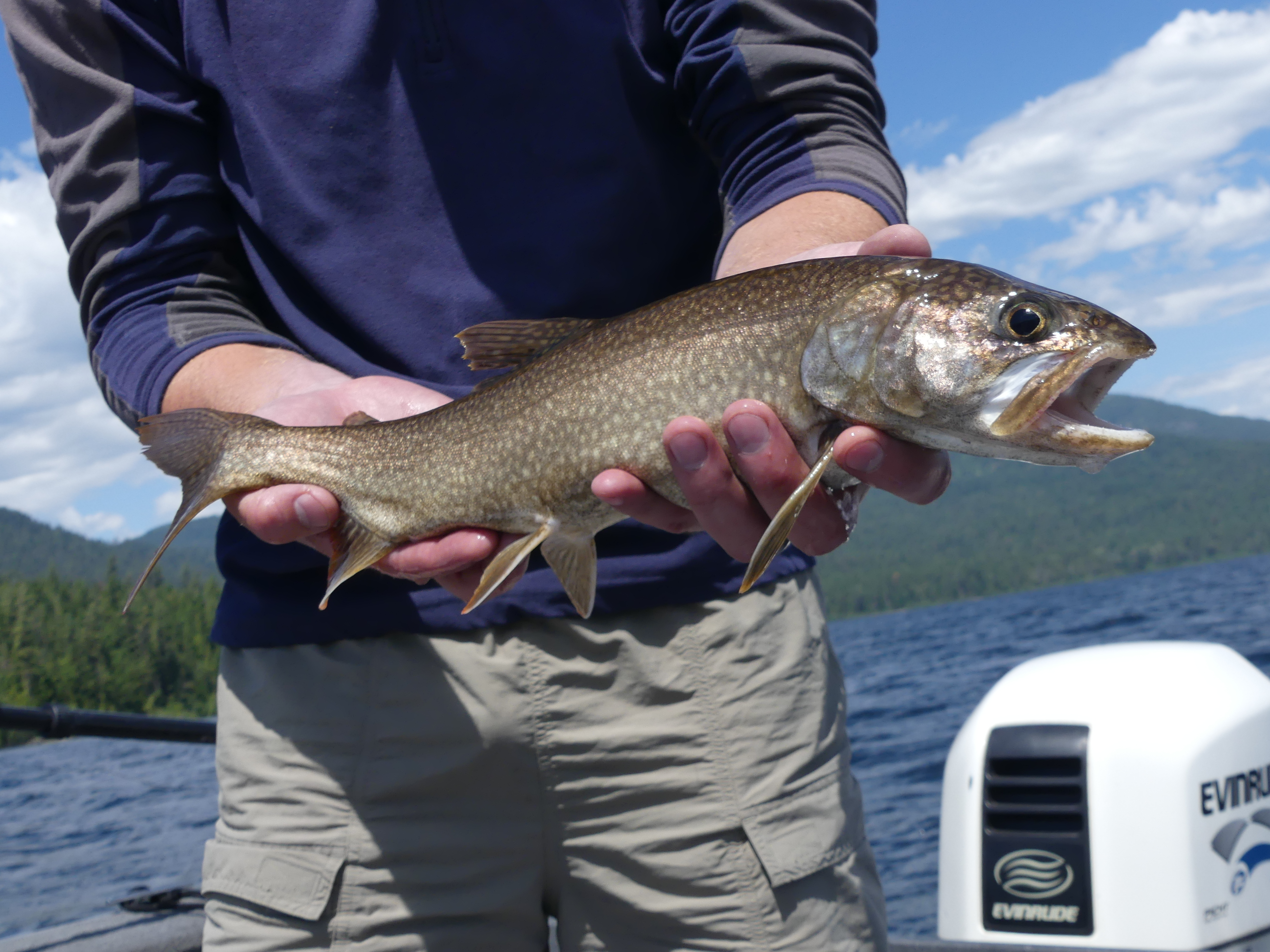
Payette lake is currently dominated by lake trout, which isn’t a bad thing, but they’ve created problems, as Fish and Game Regional Fish Manager Dale Allen explains.
“Based on past stocking strategies for lake trout in Payette Lake during the 1980s, they are now overly abundant. This increase has reduced the kokanee, which is their favorite and most-important food," he said.
The lack of kokanee also is affecting the future size and population of lake trout, which are “now smaller and much thinner than they were just a few years back,” Allen said.
There are a couple of options: Add more kokanee, or remove some lake trout, but both have challenges.
“Any action taken by the department, or anglers, is not going to show quick results in either an increase in kokanee numbers, or in the size and numbers of lake trout,” Allen said.
Fish and Game is updating the six-year Fishery Management Plan, which lays out the future direction for management of fisheries in the state.
“So now is a great time to discuss with people how they would like to see the fisheries in Payette Lake managed,” Allen said.
It’s important for people to weigh in with their desires so managers can gauge anglers’ preferences and develop some management options. People can call (208) 634-8137 or email dale.allen@idfg.idaho.gov.
A familiar story for fish managers
Fish and Game has been through this situation before in North Idaho. Also, most western states are trying to manage this same situation.
In the last decade, the Fish and Game spearheaded a massive kokanee restoration project on Lake Pend Oreille. It removed lake trout by providing a bounty on them, as well as large rainbow trout, to encourage anglers to harvest large, predacious fish. The project also included netting lake trout in large numbers to depress the population while temporarily boosting kokanee stocking.
After years of intense lake trout removal, and much money and effort spent, kokanee rebounded, which was followed by a manageable increase in those trophy-sized rainbows and lake trout. Angling effort also significantly increased as anglers targeted the renewed kokanee population.
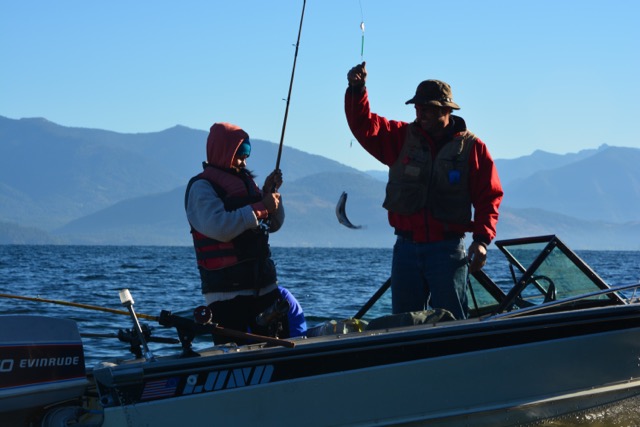
In nearby Priest lake, Fish and Game recently had an extensive outreach to see whether anglers wanted a similar change in management from predominately a lake trout fishery to a kokanee fishery with some lake trout fishing remaining.
Anglers were largely mixed on their desires, and pending commission approval, Fish and Game intends to likely keep Priest Lake a lake trout fishery with most of lake trout smaller sized, typically 16-24 inches, because there’s not enough prey to grow lots of trophy-sized fish
A different prescription for Payette lake
Fisheries managers have learned from their experiences while also realizing that each situation is a little different. That was the case between Lake Pend Oreille, where anglers yearned for the excellent kokanee fishing of the past, and Priest Lake, which has established itself as a lake trout fishing destination.
Payette Lake is different because it gets less fishing pressure than those popular fishing lakes, but it still has a dedicated following of anglers, and the potential to attract more.
“The fishery management of Payette Lake likely needs to take a different direction to benefit more anglers,” Allen said. “The lake use by fishermen has declined because of relatively poor fishing, but also because of heavy motorized recreational that can affect the fishing experience during certain times.”
Tale of two fish
Managing kokanee and lake trout is tricky because in many ways, they are opposites.
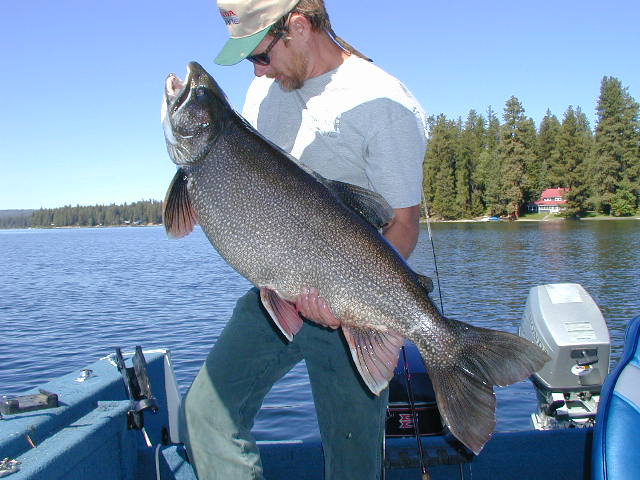
Lake trout can live beyond 40 years, and grow huge by trout standards. They are currently managed as a trophy fishery in Payette Lake, and during the 1990s, its lake trout averaged 30 inches and over 10 pounds, with some fish over 40 inches and 30 pounds being fairly common.
Currently, lake trout average about 26 inches and about 7 pounds, but the population is self-sustaining without additional stocking.
Kokanee, on the other hand, are much smaller and shorter lived. Kokanee typically live only three to four years, but when conditions are right, they can flourish and quickly repopulate a lake, but that requires a healthy population to kick start a larger population.
Payette Lake’s kokanee population, along with its fishery, is no longer sustainable with fewer than a thousand fish migrating up the North Fork of the Payette River annually to spawn. In the mid-1990s there were thousands more kokanee spawning each year, which supplied the lake with a fresh crop of young fish.
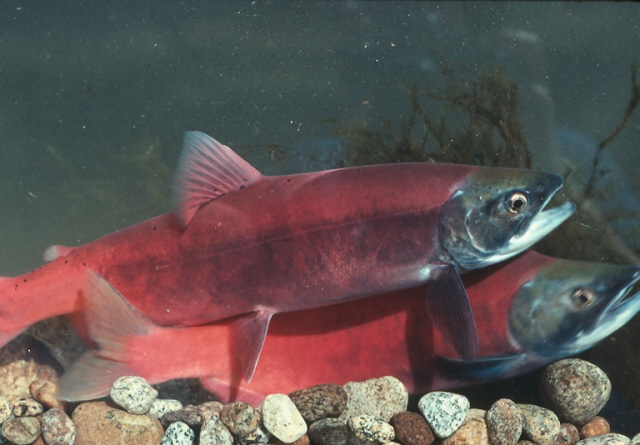
“The kokanee spawning run declined substantially about six years ago, and we again started stocking kokanee fingerlings,” Allen said. “The stockings didn’t work because the lake trout predation on the hatchery fish was so severe, and the lake trout population large enough, that stocking kokanee fingerlings is not successful to increase the kokanee production.”
Cost and benefit
Kokanee are popular in reservoirs throughout the state, but most of those waters do not have naturally reproducing populations. Kokanee have to be stocked with young fish, and the availability of eggs is limited, so dramatically increasing kokanee stocking in Payette Lake would require offsets elsewhere.
“The availability of kokanee out of the department’s hatchery system is low, and getting more kokanee for Payette Lake would require that other lakes and reservoirs do without,” Allen said.
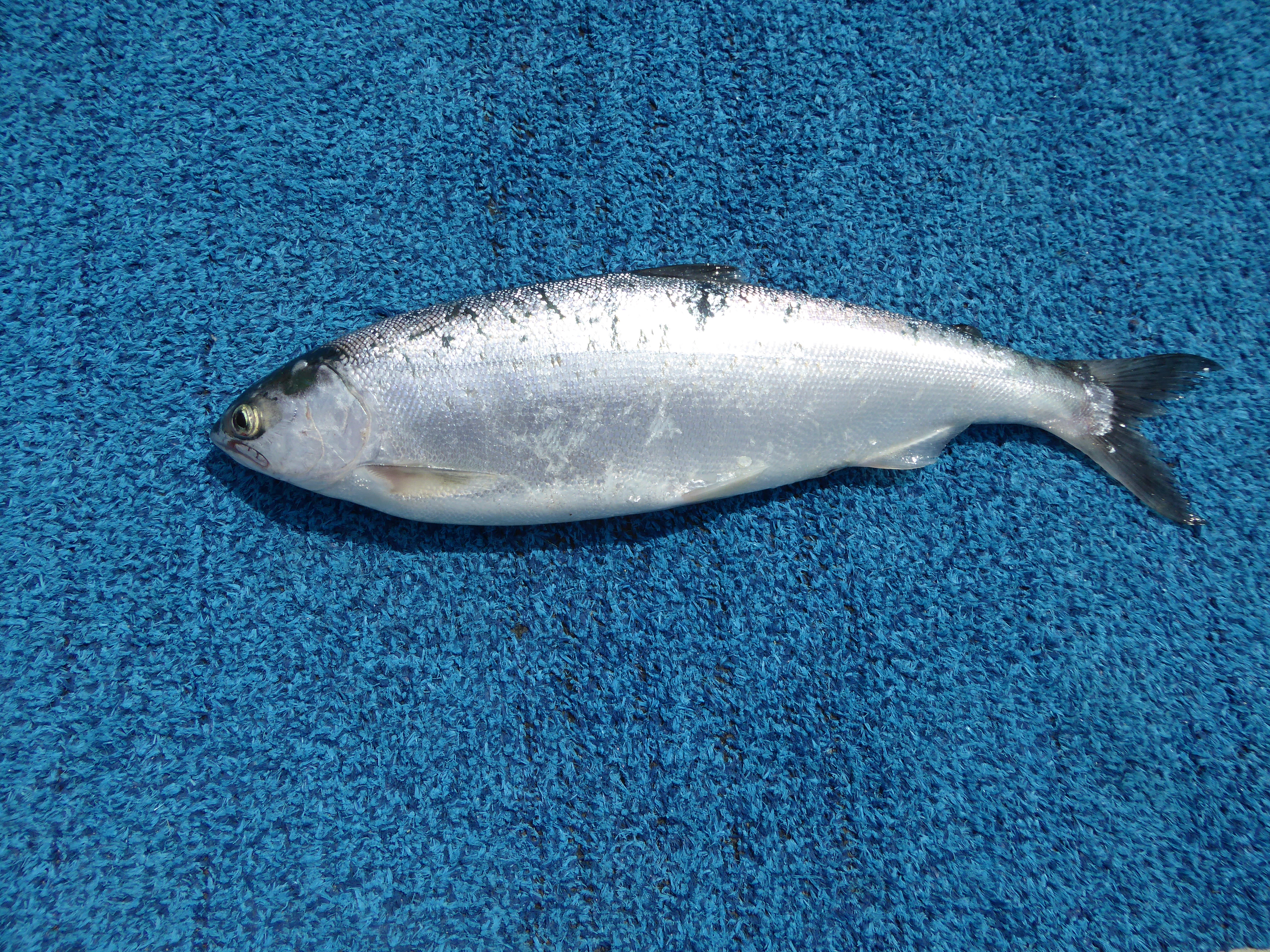
The other way to grow more kokanee is to reduce predation by lake trout, which also has its challenges. It would take significantly more angling effort to reduce the lake trout population in Payette Lake, which is difficult to achieve.
“In the past, we’ve implemented fishing rules to protect large trophy-sized lake trout as requested by anglers,” Allen said. “As the kokanee population decreased and the lake trout population increased, we increased harvest limits and removed size restrictions in hopes anglers could reduce lake trout numbers.”
But studies over the last two years indicate the average size and weight of lake trout continue to decline because anglers are unable to remove enough of them fast enough.
“Many anglers are understandably reluctant to remove these fish, but it has to be done to return to the days of trophy fish over 30 pounds, as well as a kokanee fishery,” he said.
Fish managers would like to explore reducing the lake trout population with the intent of also improving the kokanee fishery.
“After a significant number of predators are removed, kokanee will be restocked and their survival will be monitored,” Allen said. “The exact number of lake trout to be removed is unknown, but could be significant, and it will be determined by the response of their length and weight improvements, as well as by kokanee survival.”
Doing nothing may be the worst option
Fisheries managers don’t know exactly what will happen if management stays on its current course, but they know that without kokanee, the lake trouts’ average size will continue to shrink, and Payette Lake will eventually lose its prized trophy fish.
Kokanee populations may see an occasional bump when conditions are ideal, but it will be short lived, and the population could completely crash.
Managers know with public involvement in a new management plan, the balance between lake trout and kokanee, as well as angling quality, can be improved, as was proven in Lake Pend Oreille.
“We need to understand anglers’ desires for this fishery so we can align management direction and future fishing opportunities on Payette lake,” Allen said.

